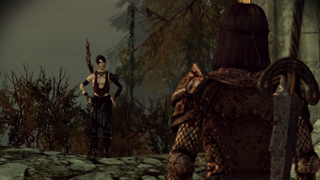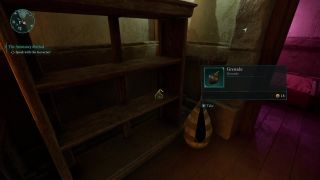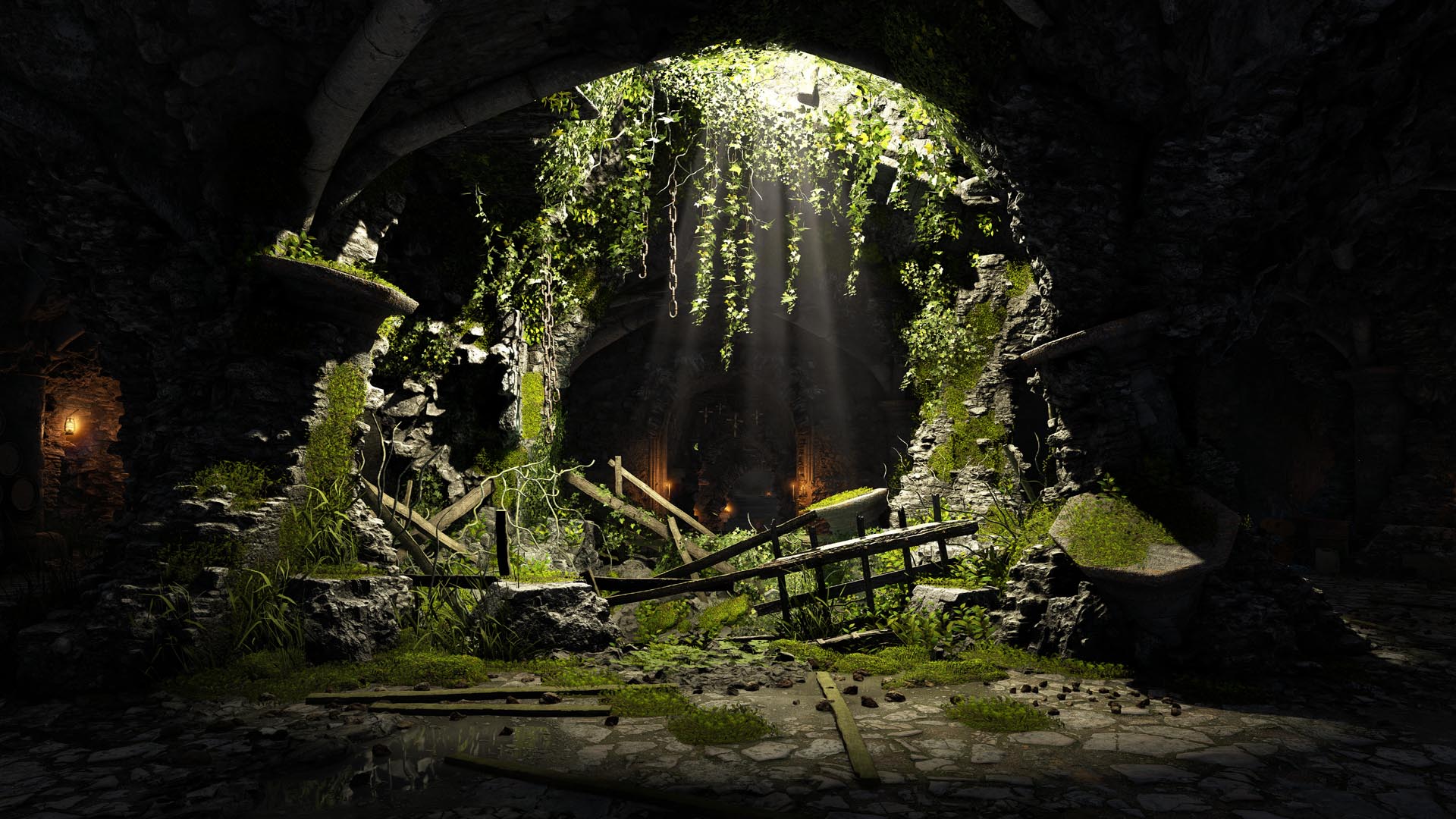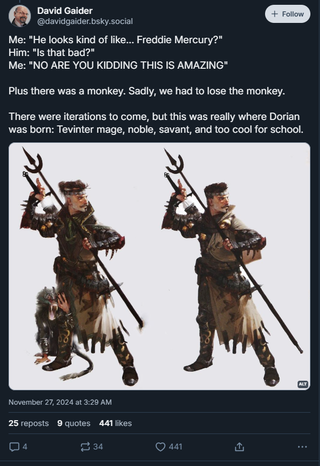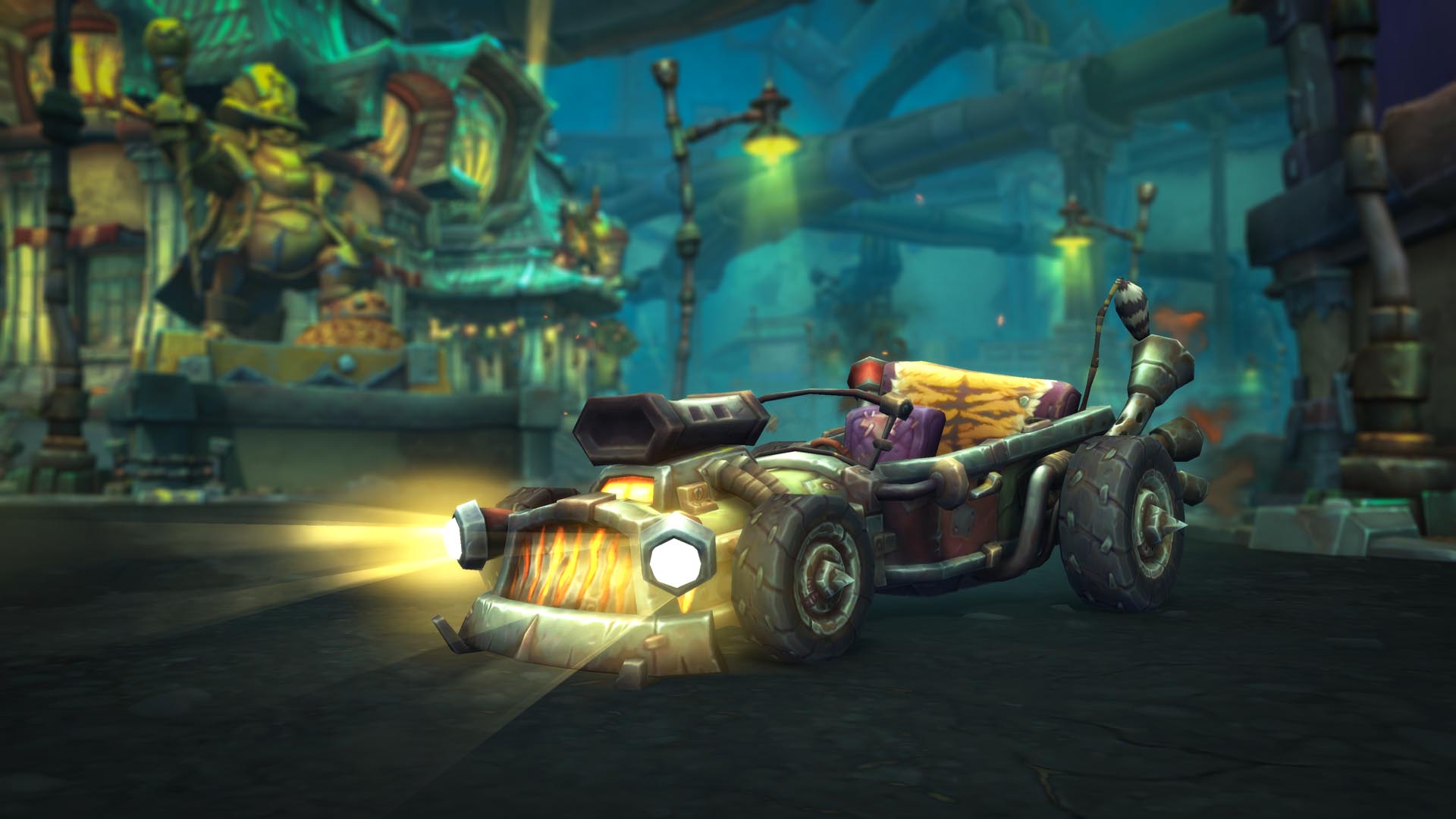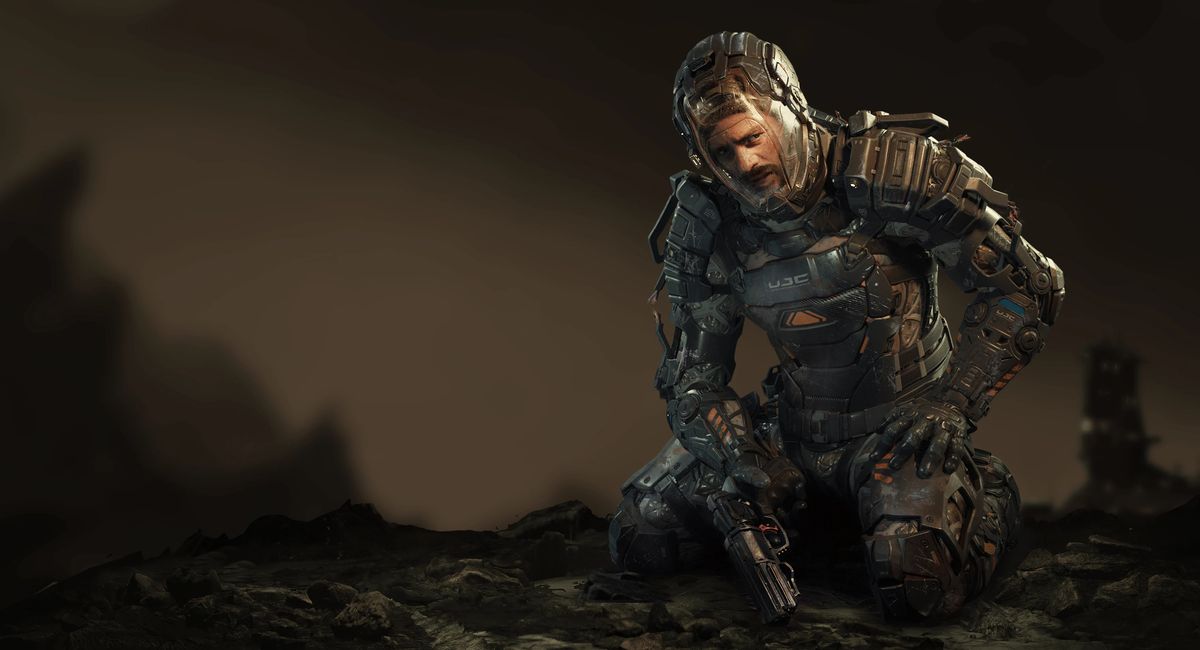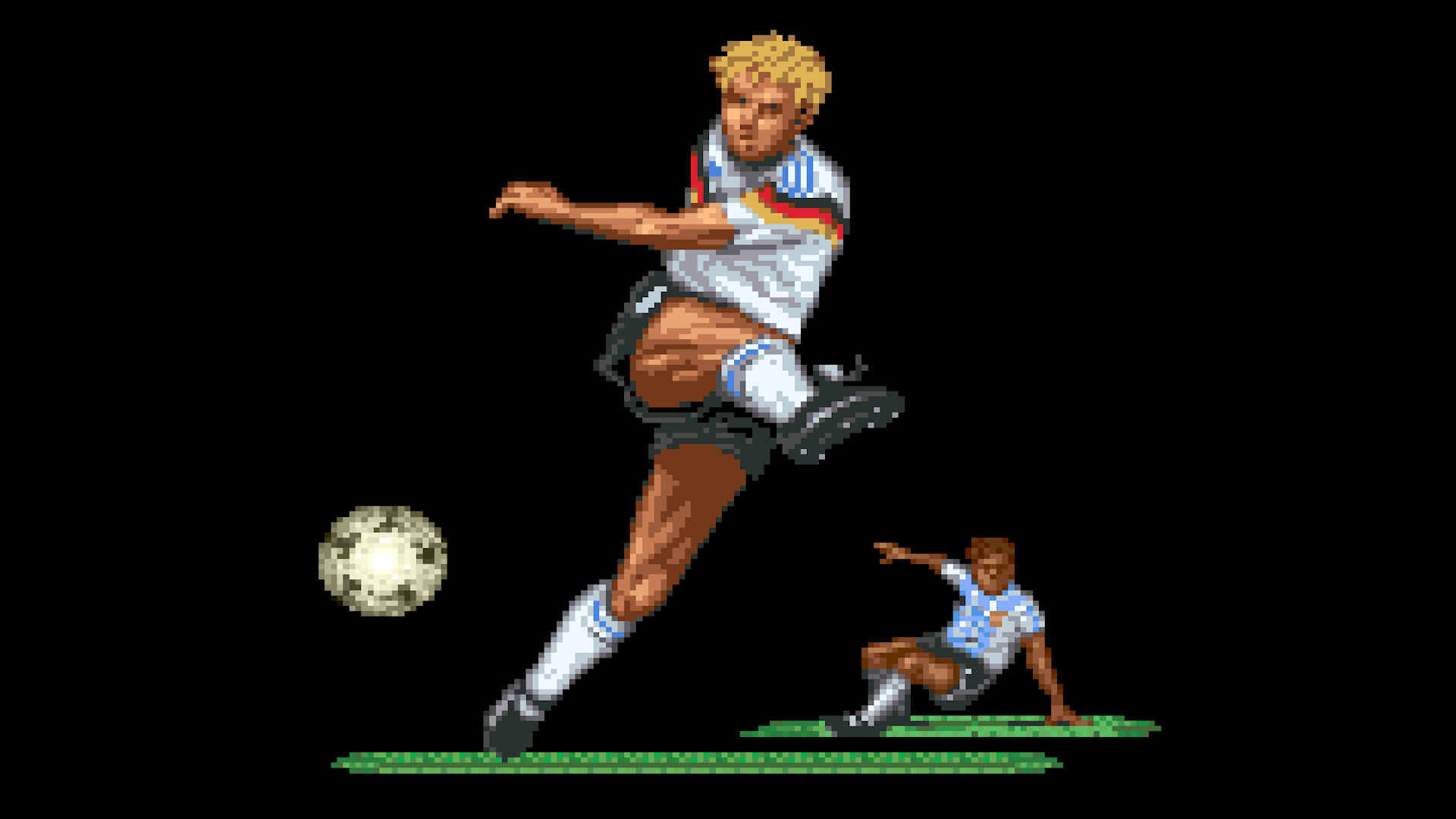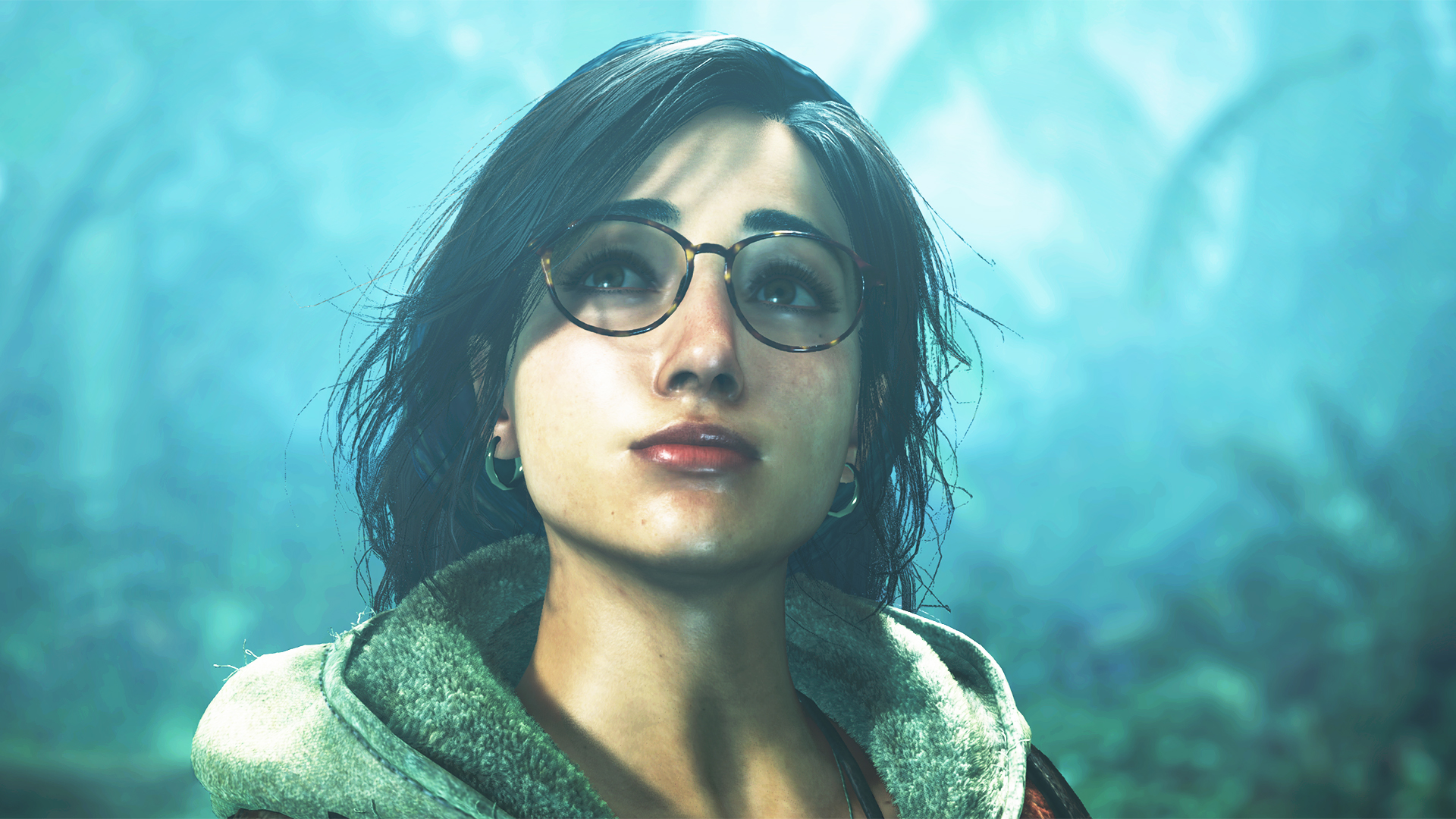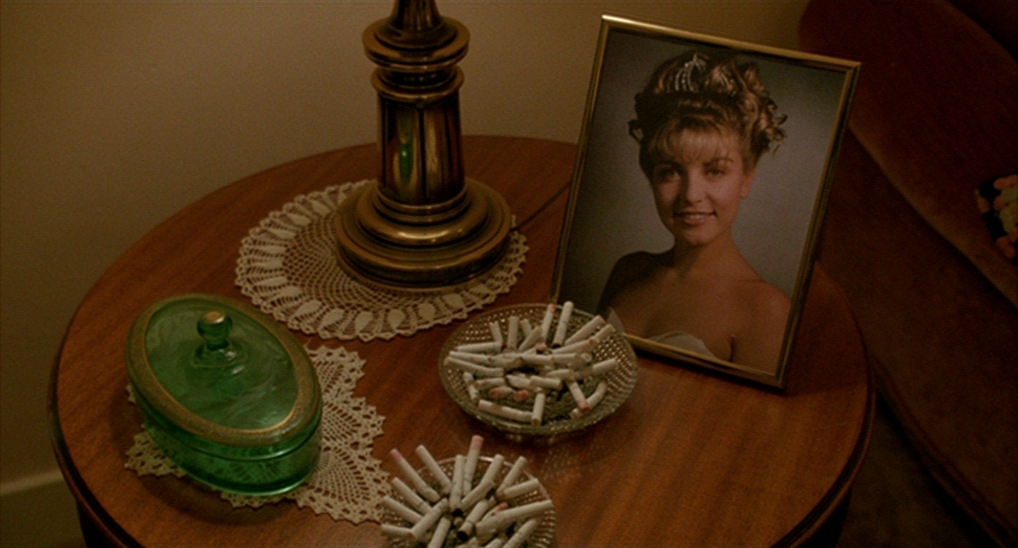Whether you’re happy sticking with Dragon Age: The Veilguard’s presets for your version of Rook, or you agonise over every slider in the character creator, this is a judgement free zone. Regardless of where on that spectrum you fall, chances are you’ve noticed that almost everyone across Thedas is sporting gorgeous locks that look straight out of a glossy hair care advert.
In a recent blog post, publisher EA offers a peek behind the curtain (of hair) to examine all the tech that goes into those tremendous tresses. Developer Bioware built Dragon Age: The Veilguard using EA’s proprietary Frostbite engine, with a number of teams from both companies working together to “elevate [EA’s] Strand Hair technology.”
While a number of Frostbite-fuelled sports titles have already had fun with lots of locks, The Veilguard’s fantasy setting presented some “unique challenges.” Besides building waist-length hairstyles that can withstand the most animated of action, Bioware also had to create ‘dos that would play well with setting-specific aspects such as the Qunari’s horns—not to mention all the magical particle effects being pelted around in combat.
When it came to this hair tech, the developers focussed on three main goals: lifelike realism even at 60 frames per second, physics-driven ‘dos that adapt to environmental effects as well as character movement and, perhaps most impressively, “50,000 individual strands per character for over 100 hairstyles.”
So, how did the high tech hairstylists do? Rooks all around are losing hours—and in at least one instance, an entire day—to The Veilguard’s character creator. Tiktoks humorously highlighting the swishy hair physics are receiving millions of views too, speaking to a level of detail like never before.
EA shares that “the Frostbite team increased maximum hair length from 63 points to 255,” hence Rook’s amazing head of hair in this bar brawl. As they throw down in search of Tevinter mage Neve Gallus, Rook’s hair swishes all over the shop, so realistically so that one almost wishes they’d tied their hair up before laying down the law.
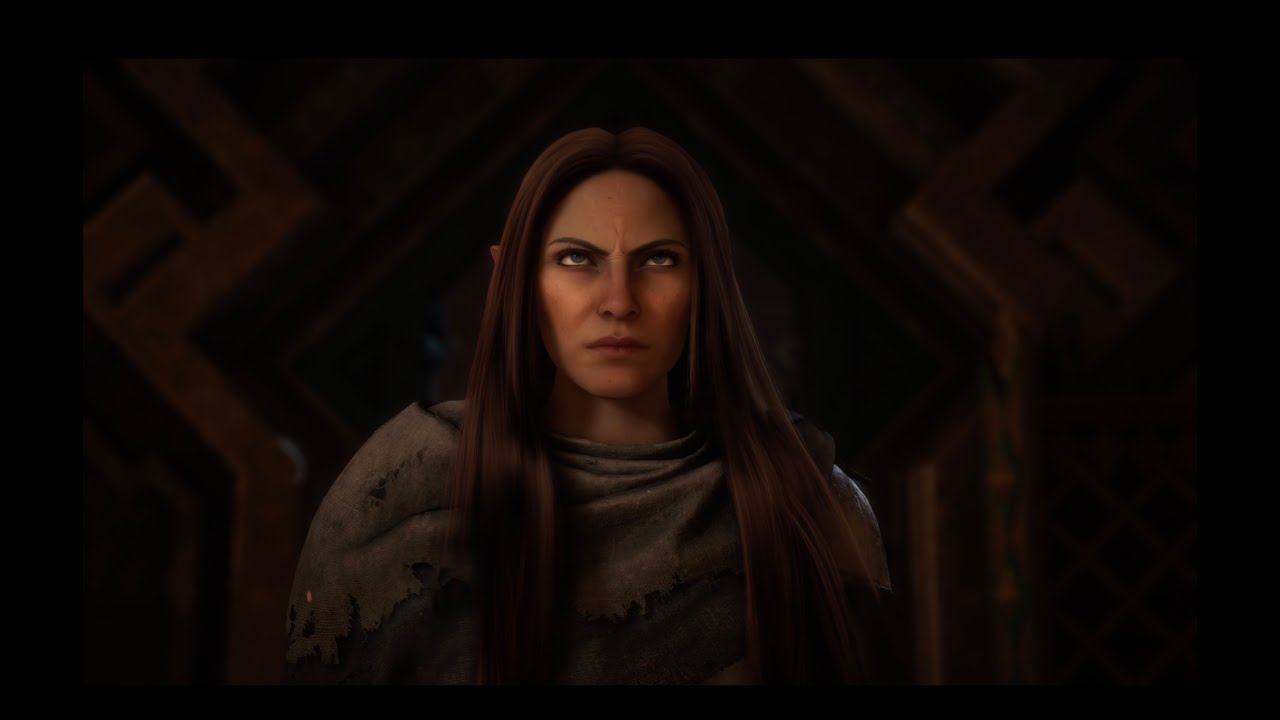
EA explains that their Strand Hair tech isn’t rendered like anything else in Frostbite, requiring instead “a bespoke compute software rasterizer [that composites hair] into the frame.” Originally built for sports titles that favour depth of field effects to mimic real world broadcasting techniques, importing this tech to the world of Thedas proved particularly quirky. Transparent objects, such as sparkly spell effects and volumetric fog, didn’t play well with Strand Hair at first brush. If these knots were left untangled, you’d likely see visual glitches such as background elements clipping through or heavy shadowing around parts of your character’s hair.
To tackle this technical problem, Bioware splits the hair into two layers—an opaque, rendering pass and a separate transparent pass. James Power, senior rendering engineer at Bioware, gives a detailed technical breakdown of how the team approached the issue in EA’s blog post but loosely likens the studio’s improved technique to a “masking texture,” allowing for the right parts of the image to display on the correct layer. So, rather than have Rook’s beautiful bonce dominate the frame on the topmost layer, the look of the hair can be softened by volumetric lighting effects layered over the top. As a result, the overall image enjoys an appropriate sense of depth.
The real magic trick though is rendering multiple heads full of hair all in one image, and not tanking the frame rate across an array of GPUs with varying levels of available graphics memory. As though pulling a rabbit out of a hat, EA shares, “On average, there is a flat GPU cost of around 128 MB of GPU memory for the full field of followers (eight hair assets).” To put it another way, that’s 1/63 of an 8 GB graphic card’s memory solely dedicated to bringing hair to glossy life.
James Power pops back in to explain that the team set a strict “maximum frametime budget” for Strand Hair assets specifically to keep your adventure throughout Thedas running silky smooth. He also adds that the team makes use of a number of other established dev tricks, such as turning off hair simulation if the asset is either off screen or only seen from far away, to make sure your GPU isn’t overly taxed. It’s easy to forget a time when devs wouldn’t use these now fairly standard tricks of the trade—like that time Final Fantasy XV kept Nvidia’s HairWorks switched on even for characters miles away from the camera (via Gamers Nexus).
Dragon Age: The Veilguard sidesteps such performance pitfalls. It’s worth noting too that on lower settings, it’s possible to swap out the luscious and dynamic Strand Hair assets for standard Card Hair assets—just in case you’d rather keep the fire-breathing to the titular dragons and not your rig.
